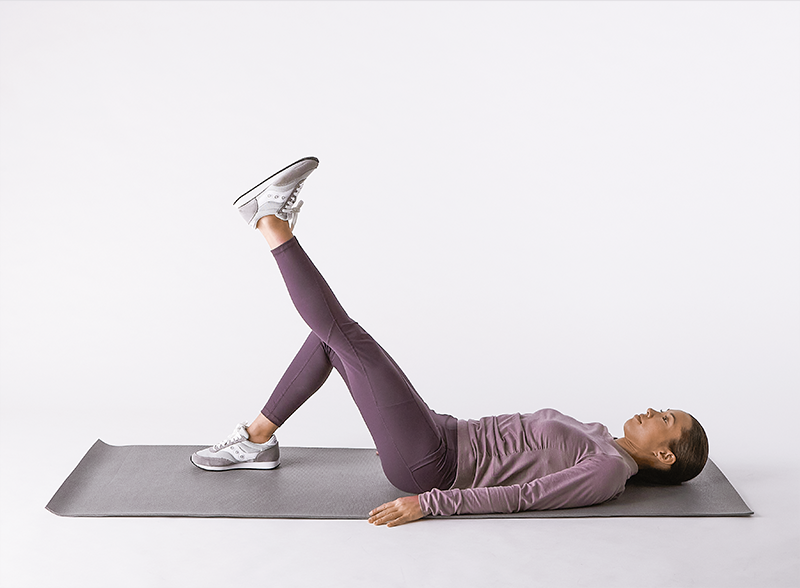Cómo hacer una elevación de pierna recta: una guía de Hinge Health
Aprende a hacer estiramientos de piernas rectas para ayudar con la fuerza y la movilidad de la cadera, además de modificaciones para hacerlo más fácil o más difícil.
$0 costo para usted
Última actualización: Mar 28, 2025
